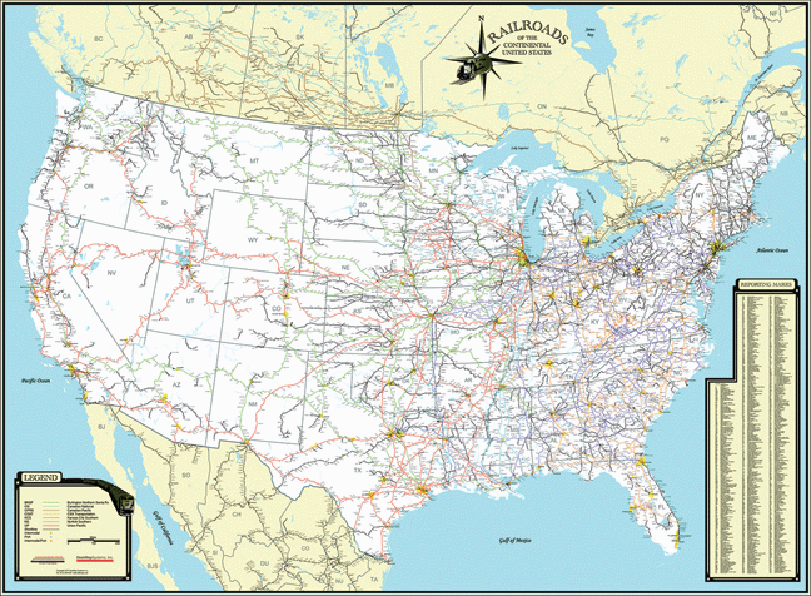However, a closer look at his record tempers that view slightly. To start off with, some of his record is reassuring. He did vote for this year’s 2008 Amtrak reauthorization legislation and has supported other pro-rail and pro-transit legislation. He has also made comments against privatizing Illinois’s Amtrak rails, and has praised Amtrak subsidies in light of the larger funds given to highway and air interests. But some of his comments about high-speed rail and Amtrak are a bit worrisome. Our friend Robert Cruickshank at the CAHSR Blog has pointed to LaHood’s comments about high-speed rail in 2004:
LaHood said he considers Amtrak “the lifeblood transportation for small communities,” and he knows many college students from Chicago’s suburbs use trains to travel to school, Copley News Service reported via The Lincoln Courier.
“On the Northeast Corridor, Amtrak is fabulous,” LaHood added, “and after 9-11, it became the transportation of choice for a lot of people because they felt it was safer than flying.
“I think if we’re going to have a pot of money where we subsidize airlines and we subsidize the funding of highways, that we certainly ought to continue to subsidize Amtrak,” LaHood said.
He said, “I don’t think we can afford at this point, with the kind of deficits we’re running,” to be talking about high-speed rail.
While funding is his main concern, he said, “People in rural Illinois are not for high-speed rail… They do not want a train traveling 120, 125, 150 miles per hour through the rural areas, and I support them on that.”
As Cruickshank states:
Obviously 2008 is different from 2004, and the “HSR vs. Amtrak local” dichotomy that LaHood set up in these 2004 comments may no longer apply (if it ever did). But this doesn’t exactly inspire confidence in our new Secretary of Transportation, who ought to be someone who understands the ins and outs of transportation policy, particularly high speed rail.
I would also take issue from how he describes Amtrak here. It’s great that he supports our national rail carrier, but I think it’s critical to not write it off as a service for small communities and cash-strapped college students. That’s basically saying it’s a second-class option for those who can’t afford to fly or don’t have access to an airport. That’s fine for continuing the status quo, but if we want to improve our passenger rail system, even a little bit, we need to recognize that trains are there to provide fast and efficient service between major cities (and small towns) that is convenient and affordable for all Americans. We need a train system that people want to take, not one they have to.
That being said, perhaps we’re jumping the gun. He’s now operating under Obama’s administration. His effectiveness when it comes to rail will likely be a product of the administration’s views on the subject and willingness to impose them.



